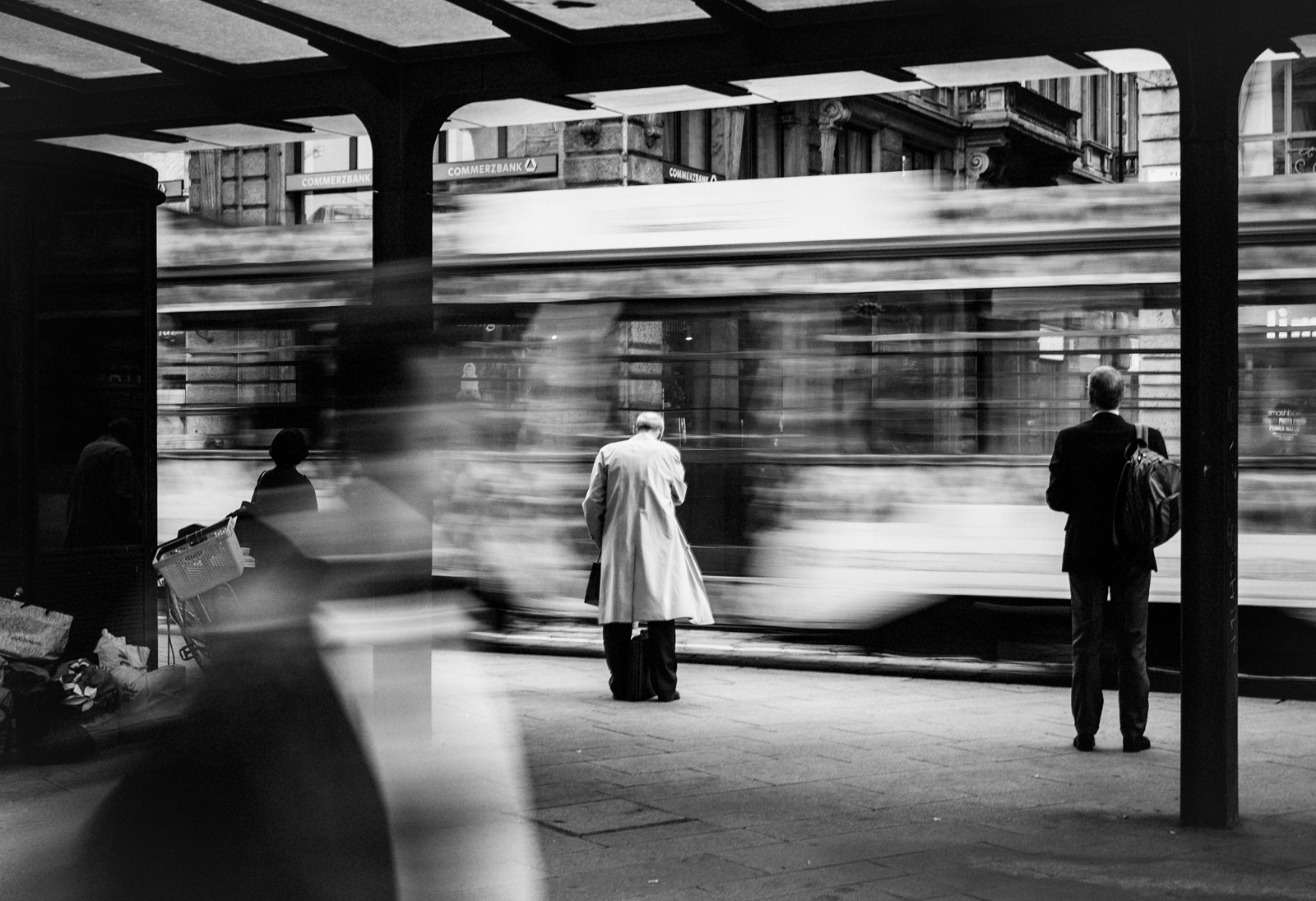What Does Framing Streets Do?
The 30-Second Trick For Framing Streets
Table of ContentsFraming Streets Things To Know Before You Get ThisFraming Streets for Dummies10 Simple Techniques For Framing StreetsThe Only Guide to Framing StreetsSome Ideas on Framing Streets You Need To Know5 Easy Facts About Framing Streets Shown
, normally with the objective of recording pictures at a crucial or poignant minute by careful framework and timing. https://allmyfaves.com/framingstreets1?tab=Framing%20Streets.
Not known Facts About Framing Streets
Susan Sontag, 1977 Road photography can concentrate on individuals and their behavior in public. In this respect, the street photographer resembles social docudrama photographers or photographers that also operate in public places, however with the objective of capturing relevant events. Any of these digital photographers' images might capture individuals and residential or commercial property noticeable within or from public locations, which usually involves navigating moral issues and laws of privacy, safety and security, and property.
Representations of everyday public life form a style in nearly every period of world art, beginning in the pre-historic, Sumerian, Egyptian and early Buddhist art durations. Art taking care of the life of the street, whether within views of cityscapes, or as the dominant concept, appears in the West in the canon of the Northern Renaissance, Baroque, Rococo, of Romanticism, Realism, Impressionism and Post-Impressionism.
Little Known Questions About Framing Streets.
Louis Daguerre: "Blvd du Temple" (1838 or 1839) In 1838 or 1839 the initial photo of figures in the road was taped by Louis-Jacques-Mand Daguerre in one of a set of daguerreotype sights drawn from his studio home window of the Boulevard du Temple in Paris. The 2nd, made at the height of the day, reveals an uninhabited stretch of street, while the various other was Check This Out taken at about 8:00 am, and as Beaumont Newhall records, "The Boulevard, so continuously loaded with a moving throng of pedestrians and carriages was flawlessly solitary, except a person who was having his boots combed.
, that was motivated to take on a comparable paperwork of New York City. As the city established, Atget assisted to promote Parisian roads as a worthy topic for digital photography.

More About Framing Streets
The principal Mass-Observationists were anthropologist Tom Harrisson in Bolton and poet Charles Madge in London, and their first record was generated as guide "May the Twelfth: Mass-Observation Day-Surveys 1937 by over 2 hundred viewers" [] Window cleaner at Kottbusser Tor, Berlin, by Elsa Thiemann c. 1946 The post-war French Humanist Institution digital photographers located their topics on the road or in the bistro. Andre Kertesz.'s extensively appreciated Images la Sauvette (1952) (the English-language version was titled The Crucial Moment) promoted the idea of taking an image at what he described the "crucial minute"; "when type and material, vision and composition merged right into a transcendent whole" - vivian maier.
The Of Framing Streets
, after that an educator of young children, connected with Evans in 193839.'s 1958 book,, was significant; raw and frequently out of focus, Frank's photos examined conventional digital photography of the time, "challenged all the official rules laid down by Henri Cartier-Bresson and Walker Evans" and "flew in the face of the wholesome pictorialism and heartfelt photojournalism of American magazines like LIFE and Time".